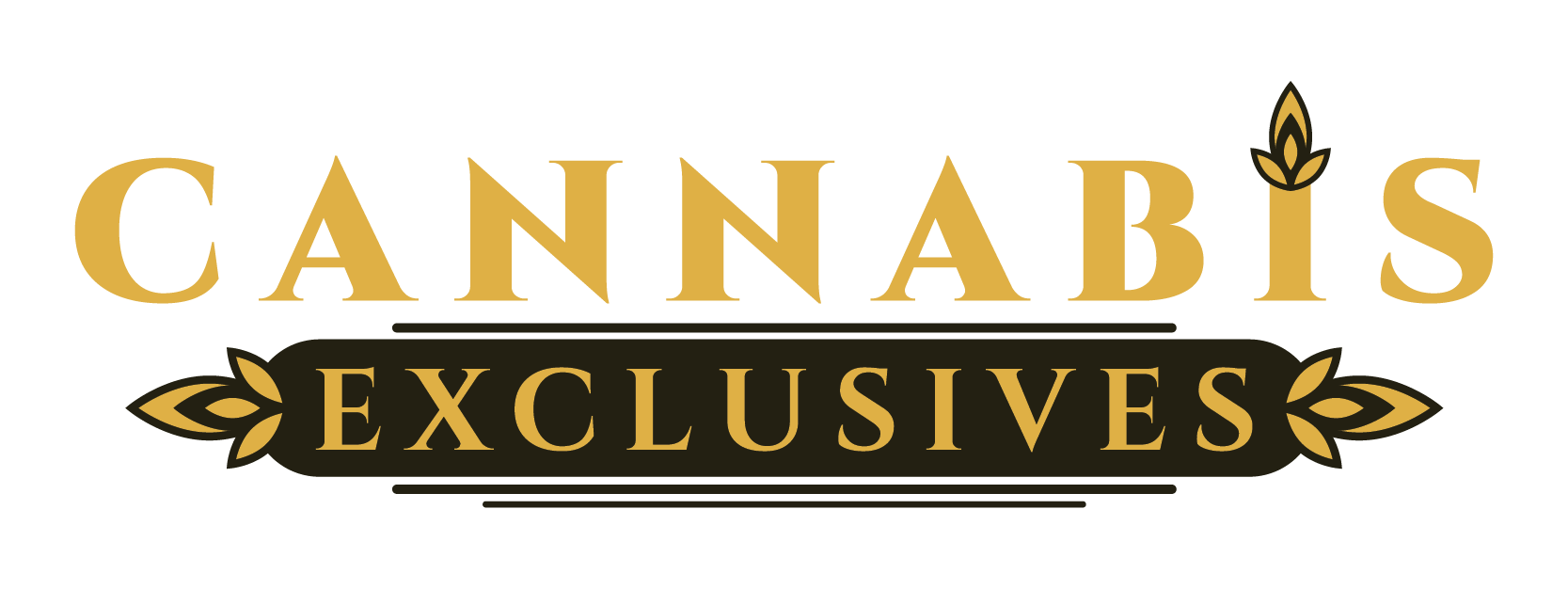In a market dominated by dessert terps and colorful bags, there’s still a short list of cultivars that make even seasoned shoppers do a double-take. In 2025, “rare” usually means clone-only cuts, true landraces, or heirlooms that take too long or too much skill to run at scale. Here are the names insiders whisper about—and why they’re so hard to track down.
Clone-only legends:
- Triangle Kush (TK) — Florida’s 1990s original that helped launch the OG wave remains scarce outside select gardens; it’s a clone-only line tied to Florida’s “triangle” of grow hubs.
- Chem 91 (Chemdog) — the storied 1991 cut from a Grateful Dead show bagseed fuels countless modern hybrids, but the actual 1991 cut is tightly held.
- MAC 1 (Capulator’s Cut) — not just anyone can grow it; the breeder limited verified growers to protect quality, keeping the authentic cut rare on shelves.
Elusive skunk funk:
- Roadkill Skunk (RKS) — once a nose-curling staple, true RKS is still a holy-grail hunt; modern versions nod to the legend while breeders work to revive that old school reek.
True landraces that resist commodification:
- Malawi Gold — a legendary African sativa with very long bloom times, revered for power and consistency but rarely seen in commercial rooms because 100+ day cycles don’t fit modern economics.
- Mazar-i-Sharif — from Afghanistan’s far north, these towering hash plants are beloved for resin but aren’t widely distributed as flower in the West.
- Colombian Gold — the Santa Marta heirloom that helped parent Skunk #1 shows up only occasionally today in authentic form.
- Panama Red — a ‘60s icon with 11-week plus flowering that fell out of commercial favor, making true cuts and faithful reproductions uncommon.
- Chocolate Thai — the Thai-stick classic that first hit the U.S. in the 1960s is scarce today, with modern remixes far easier to find than the original.
Long-flowering throwback:
- Neville’s Haze — Mr. Nice’s epic haze line can run 14–16 weeks, which is why authentic expressions remain connoisseur territory.
Why these are hard to find in 2025:
Clone-only elites like TK, Chem 91, and MAC 1 depend on trusted networks, not seed packs, so supply is limited and regionally concentrated. Landraces require specific climates, long cycles, and dedicated preservation work—conditions at odds with today’s fast-turnover retail market. And old-school skunks or hazes demand flavor-first patience that many large producers can’t justify amid potency chasing and trend cycles.
How to spot the real deal:
Look for breeder names and provenance on menus, verify whether a cultivar is clone-only or from a preservation project, and don’t be afraid to ask about cut sources, flowering times, and terpene targets. Heritage genetics often appear at boutique drops, preservation-minded seed companies, or connoisseur-focused dispensaries—so timing and networking matter.
Bottom line:
If someone lists Triangle Kush, Chem 91, true RKS, Malawi Gold, or Neville’s Haze, it’s worth leaning in for a closer look. These aren’t just nostalgia plays—they’re living history, reminding today’s market how diverse and expressive cannabis can be when quality outweighs convenience. Buyer’s tip: rarity should never excuse poor quality. If a shop claims a rare cut, the flower should still show mature trichomes, clean burn, and the cultivar’s hallmark nose—TK’s gassy, swampy OG funk, Chem’s acrid diesel, Malawi’s incense-floral bite, or Haze’s lemon-spice twang. When in doubt, buy small, compare across batches, and keep notes; true keepers prove themselves over time, not just on a hype label. Happy hunting, friends.
